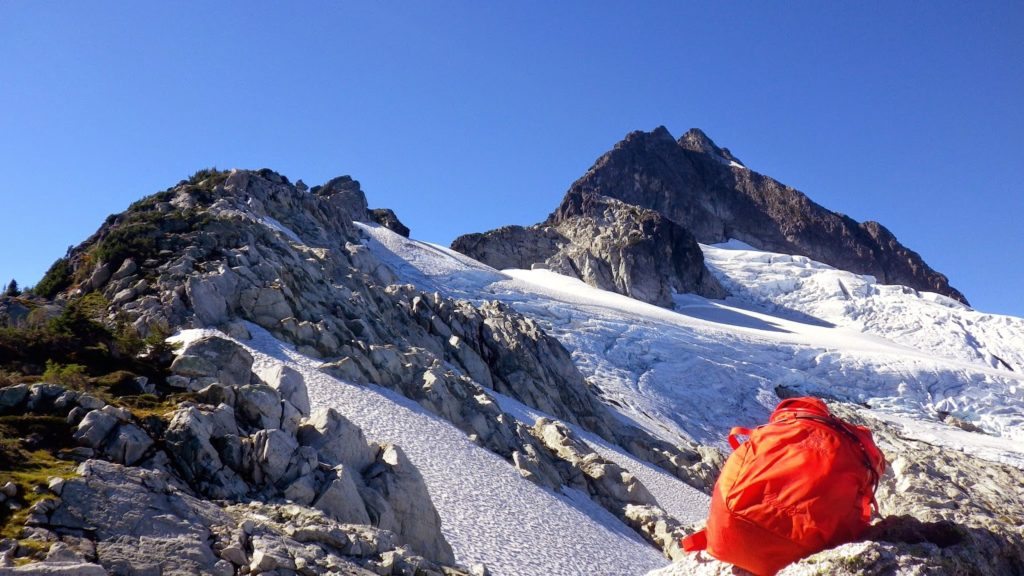Five Classic Moderate Canadian Alpine Ridges
August is the perfect time to make one of these mountain routes an objective

Canada has countless alpine ridges from the Pacific to Atlantic. Some are long, complicated and dangerous, while others are moderate, short and esthetic. For the purpose of this list, we are looking at ridges that can be climbed in a day from your car or camp, offer good belays and a straightforward descent. All of the following routes require traditional gear, layers for cold and wet weather and experience in the backcountry and route finding.
Sir Donald’s Northwest Ridge: This is a classic long ridge near Roger’s Pass in B.C. that appeared in Steck and Roper’s Fifty Classic Climbs in North America. It’s located in Glacier National Park, so be sure you acquire a camping permit. The ridge is sustained at alpine 5.4 with ledges for belays. yTo find the route, stick to the ridge. It can be climbed in a day car-to-car, but most climbers bivy along the way. For route and descent info, visit here.
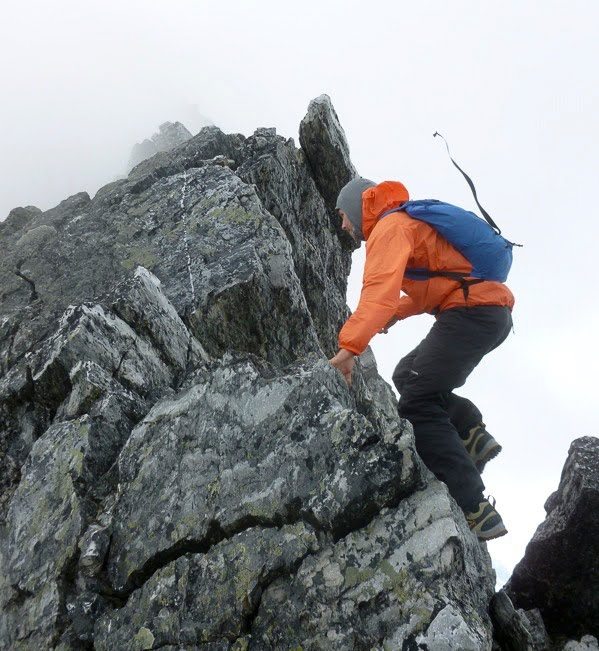
Mount Temple’s East Ridge: This big ridge was first climbed ahead of its time and is one of Canada’s most sought-after alpine ridges. It begins close to the road to Moraine Lake in Alberta and ends on the highest summit in the area. Along the way, you climb low-angle terrain, knife-edge ridges and steep rock faces up to 5.8. This ridge is no joke, as it’s long and the route finding through the black towers onto the icy glacier summit ridge can be time consuming. It requires a full alpine kit and confident party. More info here.
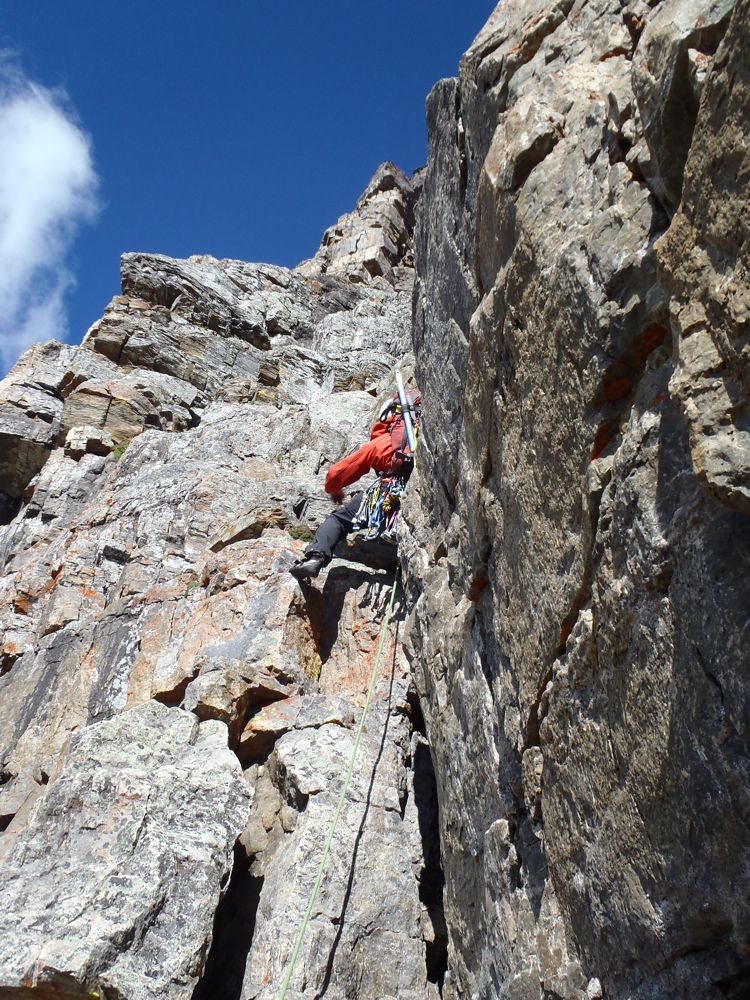
Edith Cavell’s East Ridge: Edith Cavell stands tall above the town of Jasper in the Alberta Rockies. The long quartzite ridge is mostly fourth and fifth class with short 5.3 sections up solid slabs. It’s a long route, but you can move relatively quick through the lower sections. It was first climbed in 1924 by legendary Conrad Kain. While the route can be snow and ice free for much of the summer, most climbers bring crampons and climb in boots as there can be pockets of slippery terrain. More info here.
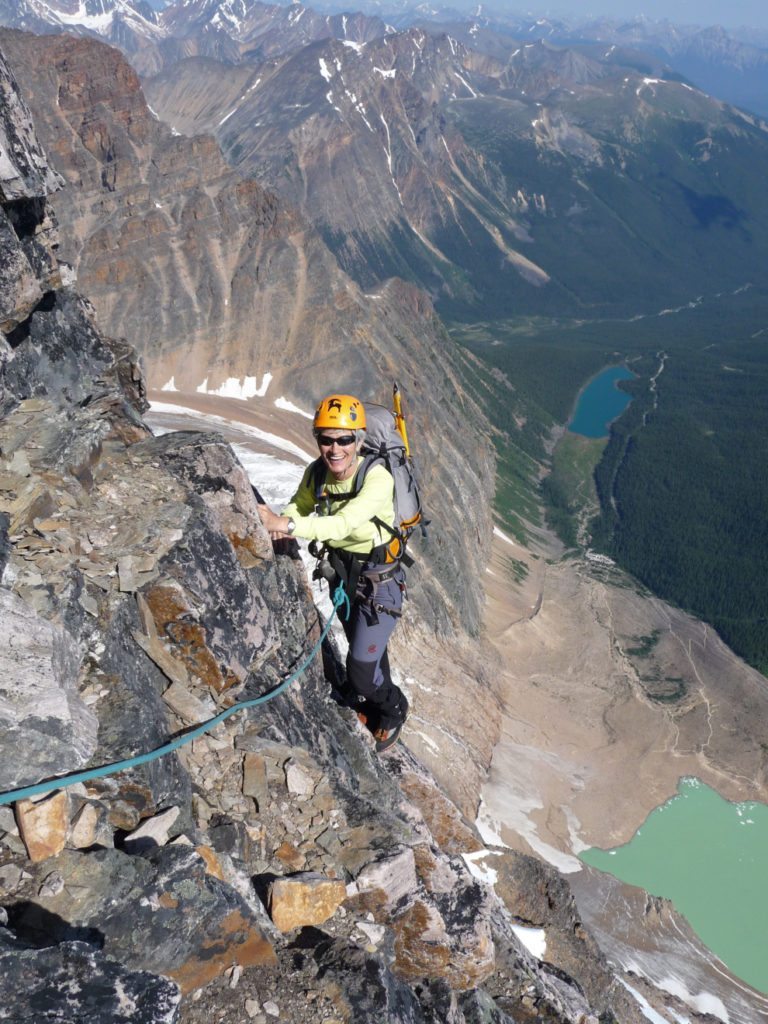
Pigeon Spire’s West Ridge: This is one of the best 5.4 routes in North America. Found in the Bugaboos, the route is mostly fourth class up and over the two false summit before reaching the true one. The late Guy Edwards once soloed the route naked up and down in 18 minutes. The route has an exposed au chavel ridge traverse, steep ramps, splitter crack, chimneys and a final 5.4 handrail to the summit. Fore more on this must-climb see here.
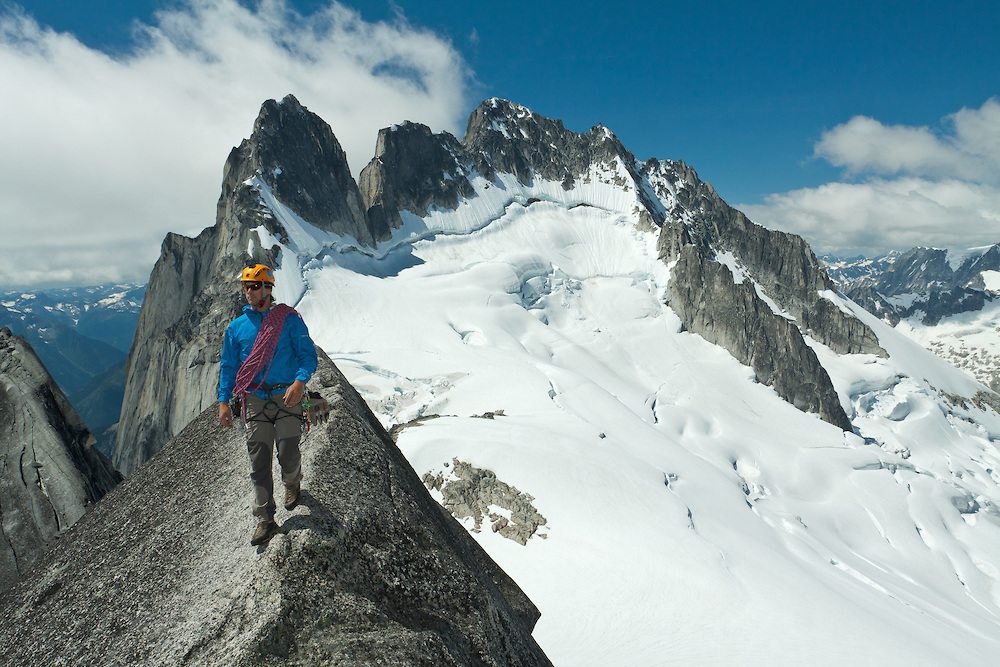
Alpha’s East Ridge: Found in the Tantalus Range, this is one of the classics on the West Coast. There’s glacier travel and fun fifth class climbing to be had. Many climbers make the climb in one push Squamish to Squamish. It requires a river crossing, a long hike and a big return trip, but is one of the more fun alpine adventures to be had from the climbing town. The ridge has three short 5.8 pitches up the steepest section, the first up a corner that leads to an overhang. From there, up good rock to the summit.
